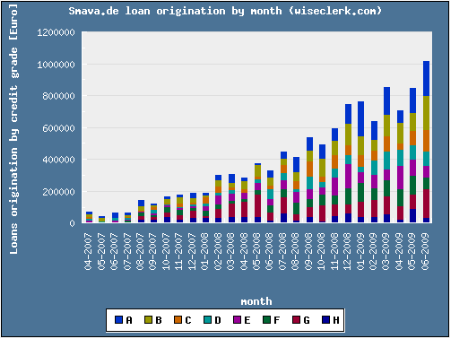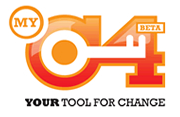 British p2p lending company Zopa has recently entered two partnerships.
British p2p lending company Zopa has recently entered two partnerships.
Zopa Prime
Zopa partners with the Charity PRIME to offer loans to entrepreneurs over 50 starting or running a business. The loan is not a loan to the business but a personal loan of up to 15,000 GBP (approx 24,125 US$). PRIME is the Prince’s Initiative for Mature Enterprise. The charity’s role is to vet the business plan of the applicant.
Lenders benefit because all Zopa prime loan listings are 50% guaranteed by PRIME. More details on how to obtain a loan.
Zopa and Good Energy
Zopa also partnered with Good Energy, a 100% renewable electricity supplier. Customers of Good Energy can use a Zopa loan listing to fund the initial installation cost of solar panels or wind turbines. In this partnership Zopa uses affiliate links with a branded landing page:
http://www.goodenergy.co.uk/affiliates/zopa
Benefits for Zopa from the partnerships are:
- More borrowers
- More quality without more costs – borrowers are vetted/screened by partners
- 50% of loan amount secured for PRIME loans
- Possibly earning referral fees from the affiliate link to Good Energy
- Great story for press coverage and marketing (catchwords:Â “Prince Charles”, “renewable energy”, “credit crunch”, “older age”, …)

 P2p lending site
P2p lending site 
